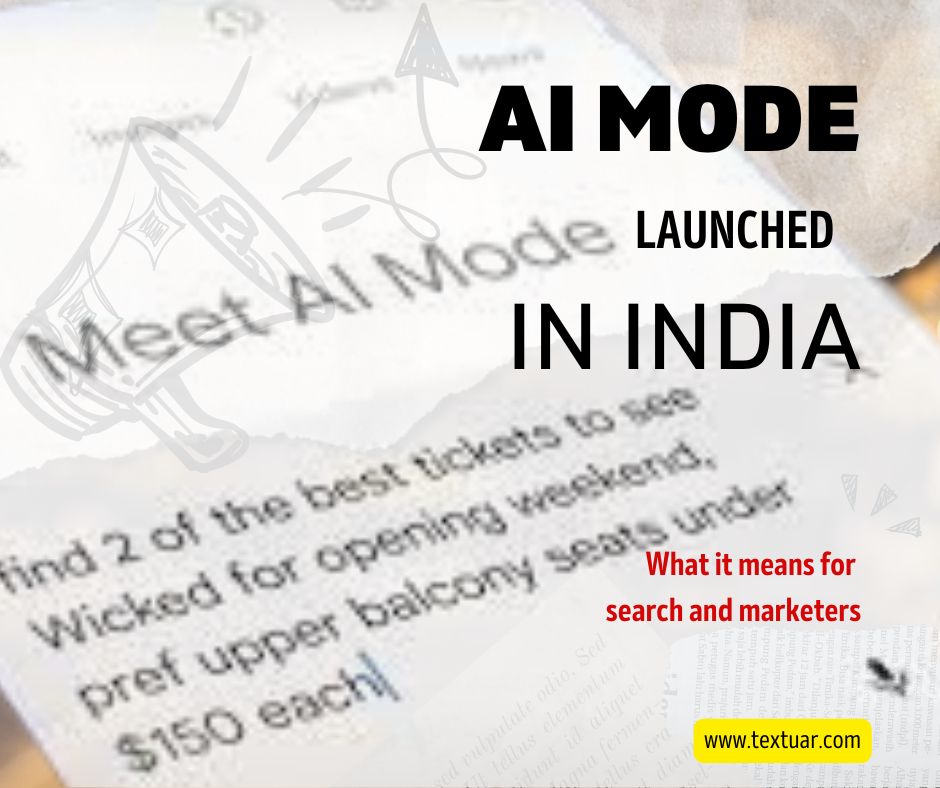
5 Ways to Boost SEO with User-Generated Content
Digital customers have fast evolved into discerning, tech-savvy decision-makers. For content marketers, this means that the journey from product awareness
Home » Archives for Textuar

Digital customers have fast evolved into discerning, tech-savvy decision-makers. For content marketers, this means that the journey from product awareness

Content is the reason the search began in the first place. The world of high-quality content creation is evolving speedily.

The online space needs a lot of quality and helpful content to make a mark in the target reader’s

1 – Social Media Content Writing – An Online Success Factor Did you know that out of the 7 billion

Your skill as a content writer needs the apt fuel in the form of a steady stream of clients in

If you have been working in the content creation field, you may have seen a silent shift. The role of

Summary – Content marketing for AI companies helps attract, educate, and acquire high-ticket clients. Here is how you can convert

Reddit dominates AI Overviews. Hence Reddit SEO is essential in 2025. Some ways to optimize for Reddit SEO is with concise and helpful replies early in discussions, making titles for Reddit, or commenting on high-ranking threads. Textuar is the ideal partner for Reddit SEO as we work on landing your site for AI Overviews and avoid Reddit penalties.

Google is going all-in on its ‘AI dominance’ bet. To strengthen its market positioning in this space, it has announced

Mumbai is one of the most active business centers in India. It is home to large corporations as well as

“We went to the beach.” vs “The golden sand on the feet washed away by the turquoise blue ocean water
